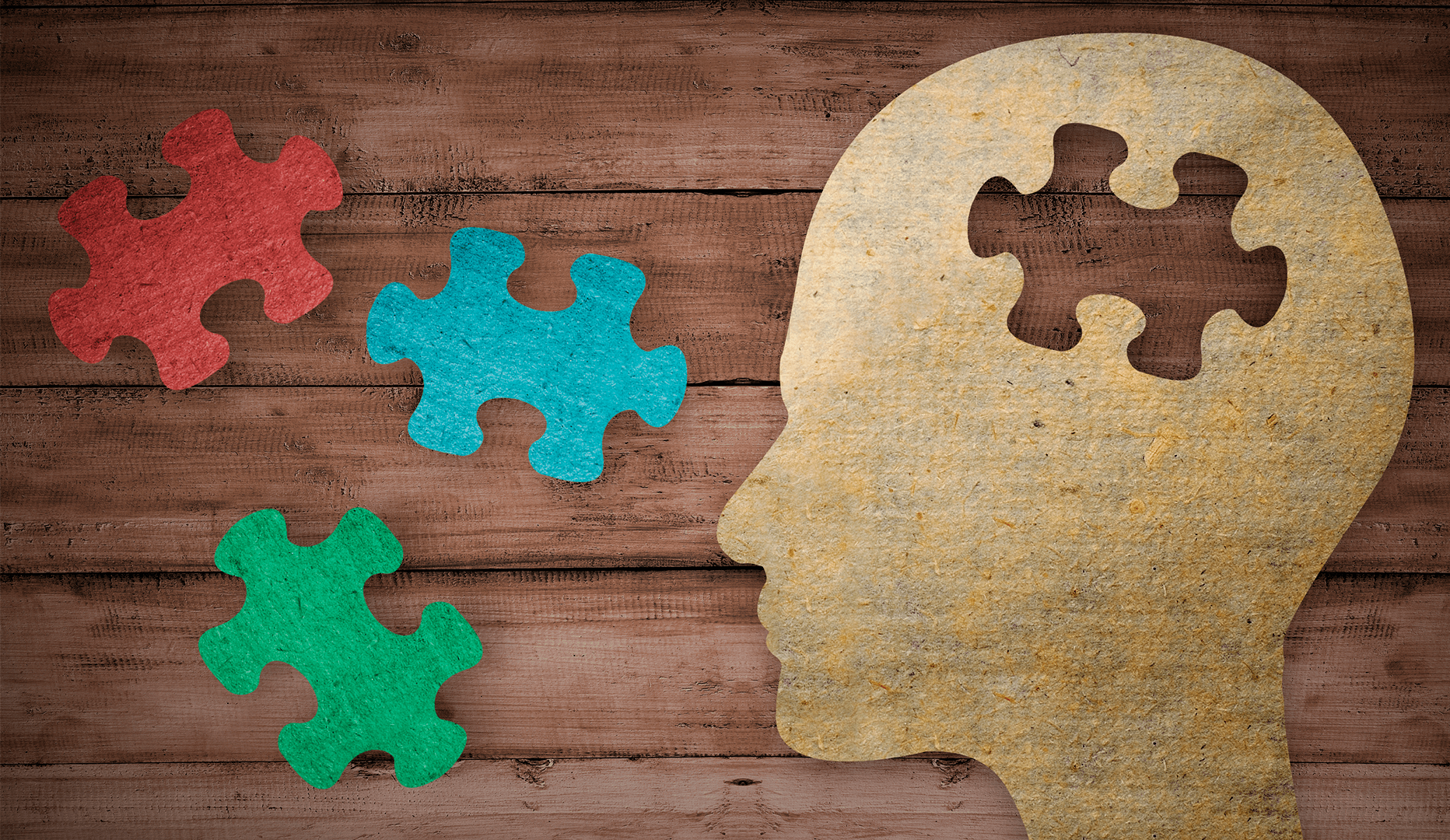What is Project Mindset?
The Project Mindset focuses on planning, estimation, delivery, and output. In this case, the product owners and the technical leads have a mindset that they know what they want and how to achieve them. According to their assumptions, a project is planned with all milestones. The plan requires to be executed within the same organization or outsourced. Eventually, the project gets started for execution.
If the execution is outsourced, then the assignment is referred to as a project. Employees (to whom this project is assigned) are groomed with a delivery mindset. The service organization team builds the product, which is then run by the client counterparts. In this case, the development team is unaware of the problems faced by the end-user, that are supposed to be solved. There is no room for follow-up iteration or first-hand ideation, as everything is controlled by the client’s technical team.
Sometimes, the client shares substantial information about users, their pain points and expectations from a product, to the UX designers. However, this knowledge barely gets percolated with the developers or quality engineers when they commit to the project dynamics and timetable.
So, what is the project’s success?
Output delivery as per plan that was estimated immediately before the first sprint of the project.
Let’s illustrate the project mindset with an example.
Consider house construction as a project. Let’s assume you wanted to build your house. You selected the floor plan, chose the finish and details in the house, and paid a huge amount of money to keep the entire process going. In the beginning, the construction manager gave you an estimated date (in the next 6 months) on which your house will be ready.
Now, the estimation includes many things due to which the date extends. However, house construction is a repeatable process with defined inputs. Therefore, a good construction manager can look at the plan, week by week and determine when he expects to complete the work.
Let’s say due to some reasons the house was ready after one week of the estimated date. But that’s fine and expected. Construction projects are geared toward project management as everyone knows what is to be done and keeping people on schedule is the real key.
What is Product Mindset?
What if the thinking of the product owners and the technical leads is wrong? What if their solution fails to reach the outcome?
Sad, but true!! This is one of the major issues that a project faces. In this situation, politics wins by defeating the best ideas of the product. In the real scenario, when everyone agrees on the plan, the entire focus shifts towards managing the milestone. No matter how much effort a few people will put forth to learn and adapt if a project deadline is missed, it can cause irrevocable problems for a business.
So, what is Product Mindset?
Product Mindset focuses on the outcome rather than the output. In the product mindset, we shift our focus from project timelines and dates to achieving the goal. It is not necessary that we have an idea of how to accomplish the goal up-front, hence it is much more difficult to put time constraints around the delivery, at least up-front.
This mindset can be a shift for those who spent more time on projects and their management. Employees are mostly uncomfortable, without a structured timeline and schedule for regular monitoring.
Let’s illustrate the product mindset with an example.
Consider software development projects in which the well-defined work and plan does not translate to product development, irrespective of how hard we try. Let’s assume you identified a key problem that is required to be solved to broaden your audience and reach additional users.
Traditionally, it would require you to gather requirements, scope out the work, and then build the features. However, you chose to research solutions from building features to integrating third-party software. While researching, you found a different solution (i.e., to simply change what you were asking from your audience) that does not require building new features or integrating the software
Now, you would have never come across this solution with a project mindset. Your focus was on the problem and its outcome rather than simply building a new feature. This is a product mindset.

It may often take several design prototypes to figure out what will work for a particular problem. Sometimes, a small amount of development work is required to be done to learn what features will truly drive the desired outcome. Irrespective of where in the process you learn, the key is that you will learn along the way rather than making decisions on the course up-front and following a project plan.
Product Vs Project Mindset
A product mindset supports releases at a regular interval that results in earlier feedback from the marketplace. Using this mindset, one can communicate objectives rather than tasks. The team gets more creative with their solutions and also takes ownership of their plans. Product mindset depends less on task assignment, reporting, and management decisions, and hence eliminates waste. On the contrary, a project mindset leads to less business involvement, more handoffs, and more tasks as well as people management.






